Search Images
Browse Content (p. 1267)
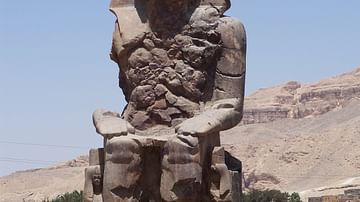
Image
Colossus of Memnon
The south colossal statue of Amenhotep III, one of a pair of such figures known as the Colossi of Memnon. 18th Dynasty, 14th century BCE. Luxor, Egypt.
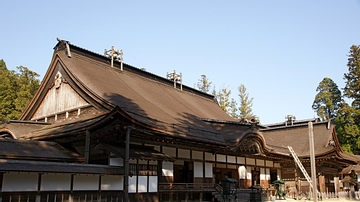
Image
Kongobu-ji, Mount Koya.
The Kondo or Main Hall of the Kongobu-ji Shingon Buddhist temple complex at Mount Koya, Japan. The site was founded by Kukai in 819 CE and the present version of the Main Hall dates to 1932 CE.
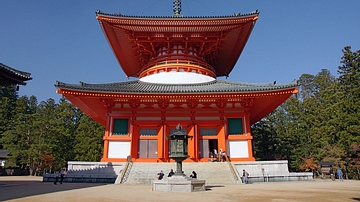
Image
Daito Pagoda, Mount Koya
The Daito Pagoda of the Shingon Buddhist temple precinct of Danjo Garan, Mount Koya, Japan. First built in 816 CE, the structure was destroyed by fire but rebuilt in 1937 CE.
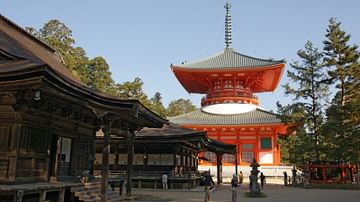
Image
Danjo Garan, Mount Koya
The Shingon Buddhist temple precinct of Danjo Garan, Mount Koya, Japan. First built in 816 CE, the structure was destroyed by fire but rebuilt in 1937 CE.
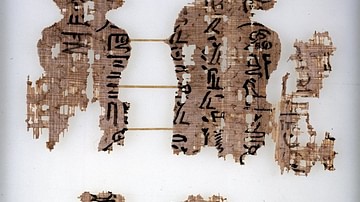
Image
Letter to the Dead
A letter to the dead, addressed to the 'excellent spirit, the Count, Overseer of the Army'.
First Intermediate Period of Egypt
British Museum
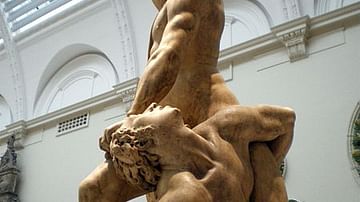
Image
Samson Slaying a Philistine
A 16th century CE statue by Giovanni Bologna depicting the biblical figure Samson slaying an enemy Philistine in battle as described in the Book of Judges. (Victoria & Albert Museum, London)
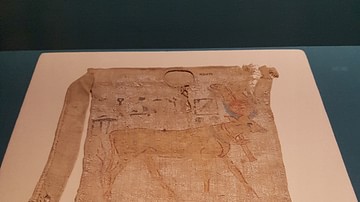
Image
Egyptian Votive Tunic
Egyptian votive tunic, possibly from Deir-el-Bahari, Thebes, probably 19th Dynasty, c. 1275 BCE. The British Museum, London. Photo taken at The Powerhouse Museum, Sydney, Australia. Often described as a child's tunic because of its small...
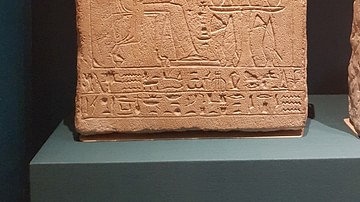
Image
Funerary Stela Of The Child Merysekhmet
Funerary stela of the child Merysekhmet. Mid-18th Dynasty, c. 1400-1350 BCE. The British Museum, London. Photo taken at The Powerhouse Museum, Sydney, Australia. This stela was made for a boy named Merysekhmet who appears to have died...
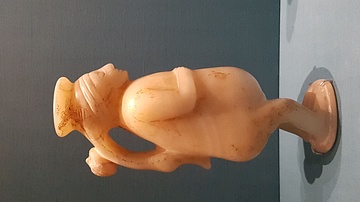
Image
Egyptian Vase In the Form Of A Pregnant Woman
Egyptian calcite vessel in the form of a pregnant woman. Its handle represents a child holding the woman's hair. 18th Dynasty, about 1479-1352 BCE. Found in Tomb 949, Abydos, Egypt. The British Museum, (photo taken at The Powerhouse Museum...
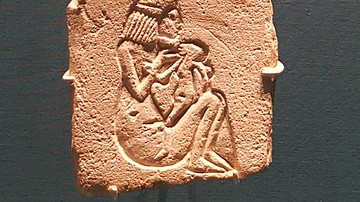
Image
Egyptian Relief Of A Woman & Child
Limestone relief carving of a woman and a child, found in El-Amarna, Egypt, late 18th Dynasty, c. 1350-1330 BCE. The British Museum, London. Photo taken at The Powerhouse Museum, Sydney, Australia. This relief might have a sculptor's...